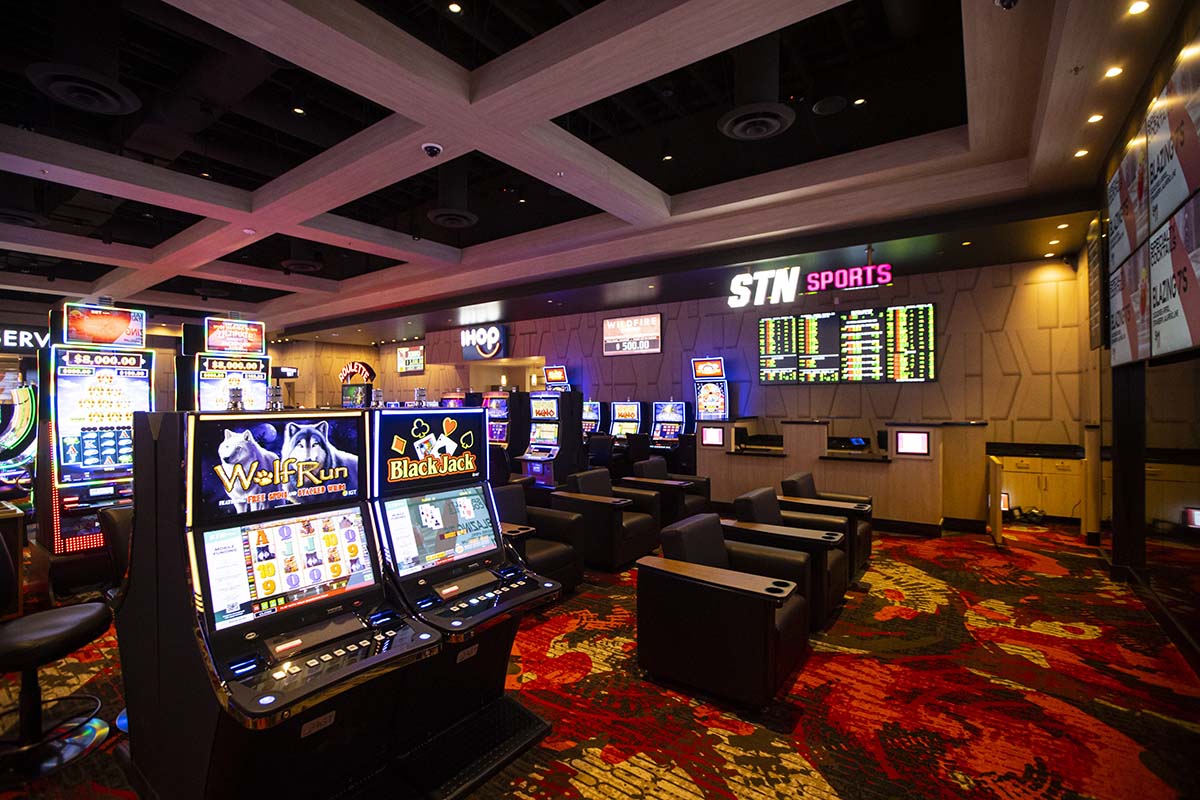
Within a dynamic and exciting world of casinos, wherein fortune and strategy intertwine, color and design play a key role in attracting players. As soon as players step into a casino or access a gaming platform, they are enveloped in a visual feast that grabs their attention and entices them to discover further. Bright colors, captivating graphics, and creative layouts are carefully crafted to create an environment of excitement and anticipation, ultimately enhancing the gaming experience.
As gamblers navigate through the ever-changing landscape of casino games, they come across a range of designs that not only serve aesthetic purposes but also affect feelings and choices. Colors like red and yellow symbolize riches and fortune, while soothing blues and emeralds can create a much tranquil environment. Grasping how these elements function together enables casinos to create an welcoming and stimulating atmosphere that encourages players to engage with the games, invest more time at the tables, and increase their general enjoyment.
The Science of Color in Gambling Games
Color plays a crucial role in the creation of casino games, affecting player emotions and actions. Bright and striking hues, such as scarlet and amber, are often used to stimulate thrill and attract focus. 78win đăng nhập These hues create a sense immediacy and vitality, encouraging gamblers to involve themselves more eagerly with the game. By intentionally selecting colors, developers aim to evoke feelings of satisfaction and excitement, which can enhance the complete player experience.
Different colors also have psychological connotations that can impact how players perceive their possibilities of winning. For instance, lime is commonly associated with good fortune and wealth, making it a well-liked choice in games like the roulette wheel and poker setups. This association can cause players to feel more hopeful and self-assured in their gameplay, ultimately inspiring them to bet more. Understanding these associations allows game designers to craft environments that enhance player happiness and engagement.
Furthermore, the interface of gambling game interfaces often employs blended colors and differing shades to instruct players’ actions. For instance, successful combinations may be accentuated with vivid, differing hues, creating a visual incentive. This technique reinforces positive outcomes and encourages repeated gameplay. By utilizing the psychology of color, gambling establishments can develop games that not only attract gamblers but also keep them engaged and invested in their play experience.
Design Elements that Engage Gamers
The aesthetic appeal of casino games is primarily influenced by the implementation of bold colors. Lively and contrasting colors are deliberately chosen to create an inviting atmosphere that grabs interest. For example, reds and golds often signify good fortune and wealth, which is why they are common in the color schemes of slot machines and game surfaces. These colors not only attract players in, but they also evoke emotions related to thrill and anticipation, enhancing the total gaming experience.
In addition to color, the aesthetic and layout of gambling games play a crucial role in player attraction. Games are designed to be user-friendly, ensuring that players can quickly understand the guidelines and mechanics. User-friendly interfaces, along with captivating graphics and animations, help maintain gamer interest and promote extended play sessions. The tactile elements, such as the texture of the controls and the audio of the games, also add to a holistic sensory experience that keeps players immersed.
In conclusion, conceptual elements in game design can significantly influence player choice. Many casino games are inspired by media, fairy tales, or exploration motifs, featuring symbols and characters that resonate with players. These themes create a sense of engagement and relatability, making each game feel distinct. When players feel a connection to the concept, they are more likely to choose that game over others, leading to higher participation and excitement within the gambling environment.
Case Studies: Successful Gambling Slot Designs
One key example of impressive gambling game design is the acclaimed slot machine series themed around popular movies. Games such as those based on the Wizard of Oz and Game of thrones utilize bright colors and high-quality graphics to immerse players in familiar narratives. The application of dynamic visuals and entertaining sound effects takes the attention of players, building an psychological connection to the theme. This strategy not just promotes longer play but also boosts the overall gaming experience, leading to increased player retention.
Another notable case is the application of color in table games like blackjack and roulette. Casinos often develop these games with dark reds and greens, colors traditionally associated with luck and wealth. For instance, the emerald felt on a blackjack table provides a soothing effect, while the red accents in the wheel invite thrill. This deliberate use of color helps to foster an inviting atmosphere that motivates players to join in, fulfilling their psychological impulses and boosting their enjoyment.
Finally, online casino games that incorporate social features and bright, colorful designs have experienced remarkable success in engaging players. Games like Zynga’s Poker and Slotomania leverage bright colors and playful animations to create an inviting online environment. The addition of leaderboards, social sharing options, and in-game rewards promotes competition and community, drawing players in for longer sessions. Such designs not just make the games visually enticing but also underscore social interaction, a key factor in player retention and engagement within digital casino environments.